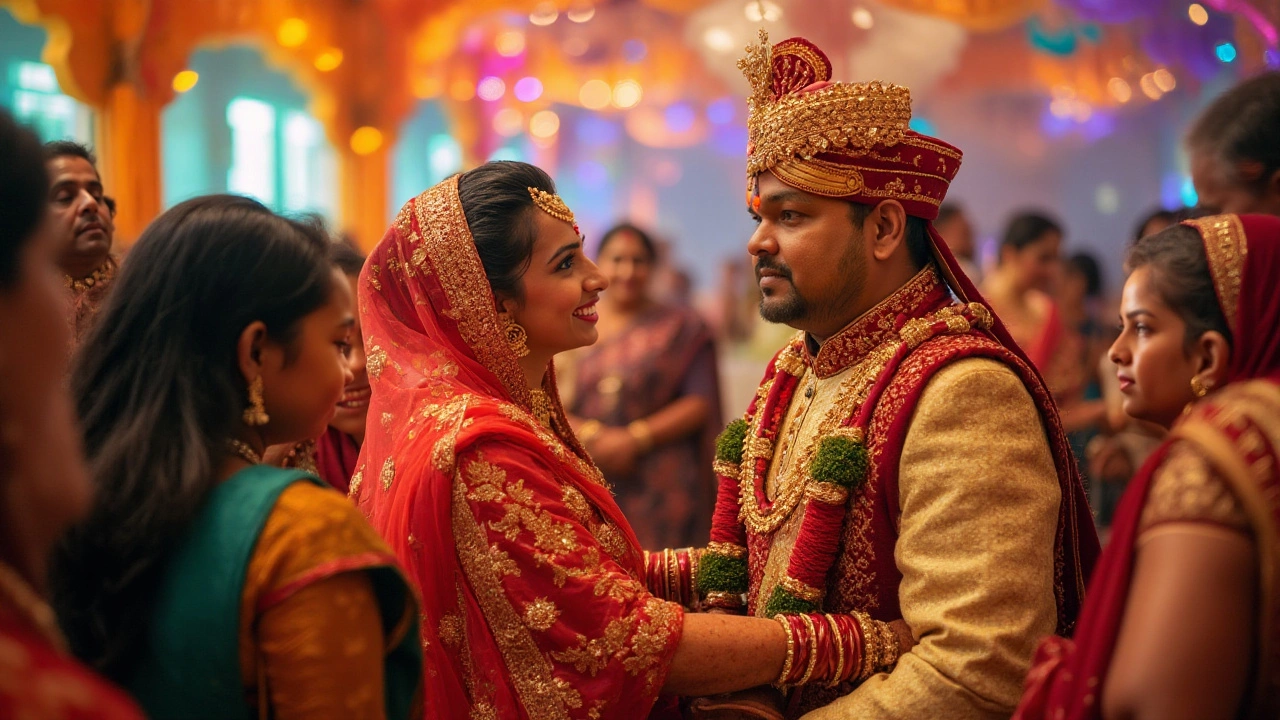Photographer Tips for Weddings: Real‑World Advice
When working with photographer tips, quick, actionable guidance that helps couples and photographers get the best results from wedding shoots. Also known as photo advice, it covers everything from gear choices to client communication. Wedding photographer a professional who captures the ceremony, reception and all the moments in between often relies on solid photo editing the post‑processing stage where raw files are color‑corrected, retouched and styled to deliver a final gallery. Finally, budget wedding photography a cost‑effective approach that balances quality with affordability shapes the whole planning process. Understanding these pieces lets you make smarter decisions and avoid costly surprises.
How Editing Practices Shape Your Wedding Album
One of the biggest myths is that every shot gets polished. In reality, photographer tips reveal that most photographers edit a curated selection—usually 20‑30% of the total images. The editing workflow involves color grading, exposure tweaks, and subtle skin smoothing, but it stops short of heavy manipulation. Knowing this helps couples set realistic expectations: ask your photographer how many images will be edited and what style they favor. When you ask for a specific look—vintage tones, bright and airy, or classic black‑and‑white—you’re essentially aligning your taste with the photographer’s editing toolkit.
Budget also plays a role. The average wedding photographer cost in the UK for 2025 hovers around £1,500‑£3,000 for full‑day coverage, according to recent market surveys. That figure includes a set number of edited photos, travel fees and an online gallery. If you’re working with a tighter budget, look for packages that offer fewer edited images or a shorter shooting window. Some photographers provide a la‑carte editing services, letting you pick which moments to polish. That flexibility is a direct result of the cost‑budget relationship highlighted in photographer tips.
Another practical tip is to plan your timeline with buffers for the photographer. A 30‑minute pause after the ceremony lets the photographer set up lighting for family portraits, while a short “quiet” moment before the first dance gives them a chance to capture candid emotions. These small scheduling tricks reduce stress and improve image quality, because the photographer can focus on composition instead of rushing.
Finally, communication is key. Share a short list of must‑have shots—first look, cake cutting, the father‑of‑the‑groom’s dance—and discuss any cultural traditions you want highlighted. When the photographer knows your priorities, they can allocate time and editing effort where it matters most. This aligns with the core idea that effective photographer tips require clear client‑photographer dialogue.
With these insights, you’re ready to sift through vendors, compare editing styles, and match a price point that fits your budget. Below you’ll find a curated collection of articles that dive deeper into each of these topics, from cost breakdowns to editing FAQs, giving you the tools to make confident choices for your wedding photos.
In the quest to capture love and memories at weddings, understanding the number of photos a photographer should provide is essential. With various factors influencing this decision, such as the event's duration and style preference, couples often wonder what to expect. This article explores the typical photo count for weddings, balancing quantity with quality, and ensuring meaningful captures for cherished moments. Dive into useful insights and practical tips to align expectations and enhance your wedding day experience.
